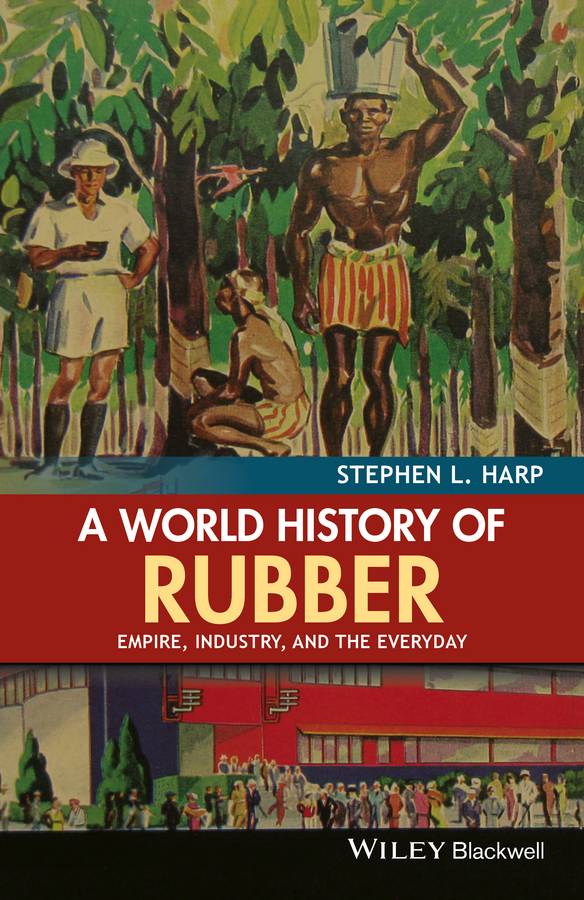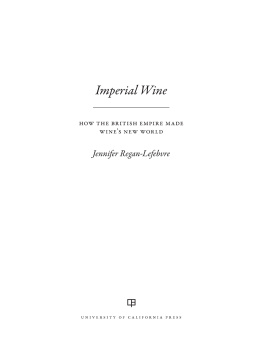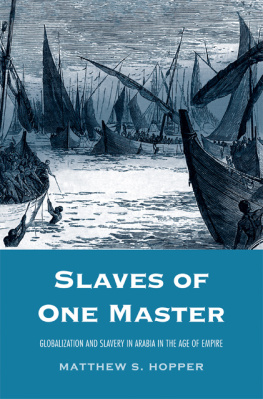
Table of Contents
List of Illustrations
- Global Rubber and Tire Companies
- Introduction
- Chapter 01
- Chapter 02
- Chapter 03
- Chapter 04
Guide
Pages
A World History of Rubber
Empire, Industry, and the Everyday
Stephen L. Harp
This edition first published 2016
2016 John Wiley & Sons, Inc
Registered Office
John Wiley & Sons, Ltd, The Atrium, Southern Gate, Chichester, West Sussex, PO19 8SQ, UK
Editorial Offices
350 Main Street, Malden, MA 02148-5020, USA
9600 Garsington Road, Oxford, OX4 2DQ, UK
The Atrium, Southern Gate, Chichester, West Sussex, PO19 8SQ, UK
For details of our global editorial offices, for customer services, and for information about how to apply for permission to reuse the copyright material in this book please see our website at www.wiley.com/wiley-blackwell.
The right of Stephen L. Harp to be identified as the author of this work has been asserted in accordance with the UK Copyright, Designs and Patents Act 1988.
All rights reserved. No part of this publication may be reproduced, stored in a retrieval system, or transmitted, in any form or by any means, electronic, mechanical, photocopying, recording or otherwise, except as permitted by the UK Copyright, Designs and Patents Act 1988, without the prior permission of the publisher.
Wiley also publishes its books in a variety of electronic formats. Some content that appears in print may not be available in electronic books.
Designations used by companies to distinguish their products are often claimed as trademarks. All brand names and product names used in this book are trade names, service marks, trademarks or registered trademarks of their respective owners. The publisher is not associated with any product or vendor mentioned in this book.
Limit of Liability/Disclaimer of Warranty: While the publisher and author have used their best efforts in preparing this book, they make no representations or warranties with respect to the accuracy or completeness of the contents of this book and specifically disclaim any implied warranties of merchantability or fitness for a particular purpose. It is sold on the understanding that the publisher is not engaged in rendering professional services and neither the publisher nor the author shall be liable for damages arising herefrom. If professional advice or other expert assistance is required, the services of a competent professional should be sought.
Library of Congress Cataloging-in-Publication Data
Harp, Stephen L., author.
A world history of rubber : empire, industry, and the everyday / Stephen L. Harp.
pages cm
Includes bibliographical references and index.
ISBN 978-1-118-93423-4 (cloth) ISBN 978-1-118-93422-7 (paperback)
1.Rubber industry and tradeHistory. 2.Labor and globalization. 3.GlobalizationSocial aspects. I.Title.
HD9161.A2H37 2016
338.476782dc23
2015021086
A catalogue record for this book is available from the British Library.
Cover image: Firestone Worlds Fair brochure, 1934. Century of Progress records, Special Collections, University of Illinois at Chicago Library.
For my parents,
Sara and Larry Gotshall
Greg and Barb Harp
Acknowledgments
Ironically, it took me a long time to write this short book. Over many years, I have incurred considerable intellectual debts. I am very grateful to the following archives and libraries for their assistance: the Archives for Traditional Music and the Kinsey Institute at Indiana University, the Bibliothque Nationale de France, the British Library, the British National Archives, the Centre des Archives dOutre-Mer in Aix-en-Provence, the Guildhall Library of the City of London, the Hartman Center for Sales, Advertising, and Marketing History at Duke University, the Hoover Institution at Stanford University, the Herbert Hoover Presidential Library, the National Archives II in College Park, Maryland, the National Library of Vietnam in Hanoi, the New York Public Library, the Ohio Historical Society, the Smithsonian Institution Museum of American History, the University of Akron Archives, the University of Illinois at Chicago Library Special Collections Department, the Wellcome Library in London, and the Western Reserve Historical Society in Cleveland.
I am lucky to have received financial help from the following institutions to collect materials and to present ideas: the Ecole des Hautes Etudes en Sciences Sociales, the Hoover Presidential Library, the National Endowment for the Humanities, the Miller Humanities Center at the University of Akron, the University of Akron Faculty Research Committee, and the Watson Institute at Brown University.
Many people helped me find sources, sent materials, assisted research, responded to my queries, wrote letters, listened to my ideas in both formal and informal contexts, and read drafts. I could not be more grateful to Leah Alanni, Don Appleby, Dominique Avon, John Ball, Lisa Bansen-Harp, Shelley Baranowski, Nathaniel Bassett, TJ Boisseau, Connie Bouchard, George Boudreau, Victoria Brownfield, Kevin Callahan, Ian Campbell, Alain Chatriot, Marie Chessel, William Gervaise Clarence-Smith, Bill Cohen, Lizabeth Cohen, Mark Cole, Sarah Curtis, Andrew Davidson, Mary Lee Eggart, Victoria de Grazia, Michael Dove, Vic Fleischer, Tannya Forcone, Anne Foster, Patrick Friedenson, Ellen Furlough, Michael Graham, Kolleen Guy, Marie Harp, Sarah Harp, Carol Harrison, Gerhard Haupt, Lisa Heineman, Matthew Hilton, Walter Hixson, Craig Holbert, Kirk Hoppe, Daniel Hovatter, Eric Jennings, Xu Jianchu, Kevin Kern, Julia Kirk, Kyle Liston, John Merriman, Emily Osborn, Sally Osborn, Steve Paschen, Jeremy Popkin, Megan Powley, Becky Pulju, Dionna Richardson, Kym Rohrbach, Janet Sturgeon, Anne Sudrow, Steve Toth, Mike Vann, Martin Wainwright, Victoria White, Wade Wilcox, Greg Wilson, and the anonymous readers for the Press.
I owe particular thanks to my students who read every word and offered excellent suggestions for improvement. As I work with them, I hope constantly to measure up to the standard set by my former professors, especially Carl Caldwell, Bill Cohen, Janina Traxler, and David Waas.
All of the above people and institutions deserve preventive absolution for my many sins of omission in this book. As a short introduction to a huge topic, it is aimed at general readers and students. The book is not comprehensive. As I hope to illustrate, the dynamics of this particular global commodity chain are far too diffuse for me or anyone else to cover everything thoroughly, at least not in a single volume that anyone would actually want to read. Instead, I want to show how we might use the history of one thingin this case rubberto think about the connected lives of the diverse people who produced, handled, sold, consumed, and profited from it.
Stephen L. Harp
Akron, Ohio
Timeline
Before 1493Centuries before Europeans discover rubber, Native Americans collect latex and fashion into usable products.
149396Columbus sees and describes rubber.
1839American Charles Goodyear invents the process of vulcanization by heating and adding sulfur to the latex during production, rendering noticeably more stable manufactured rubber that neither melts on hot days nor cracks on cold ones.
1844Goodyear patents vulcanization in the United States; and Thomas Hancock later does so in Britain.
Next page







